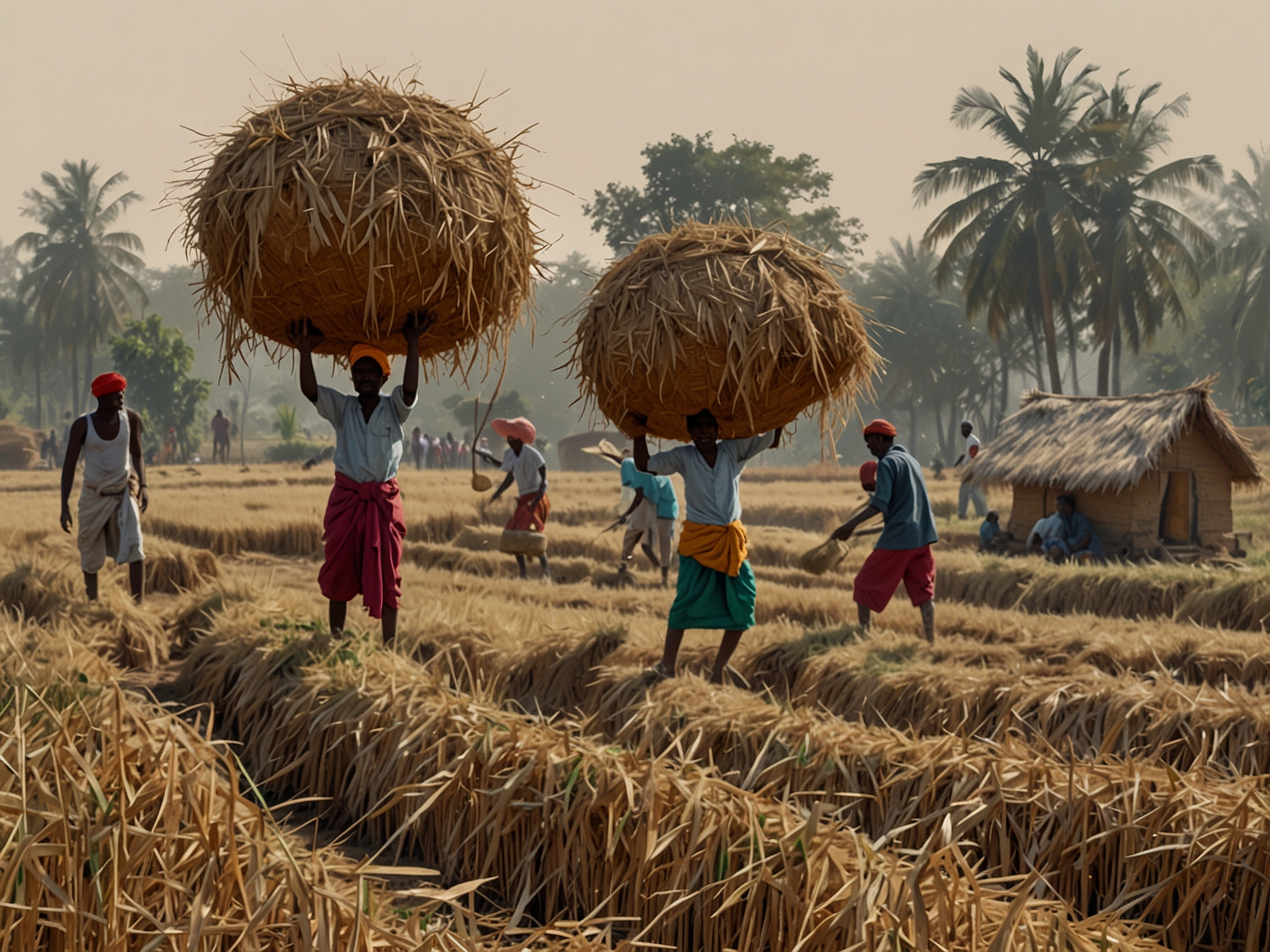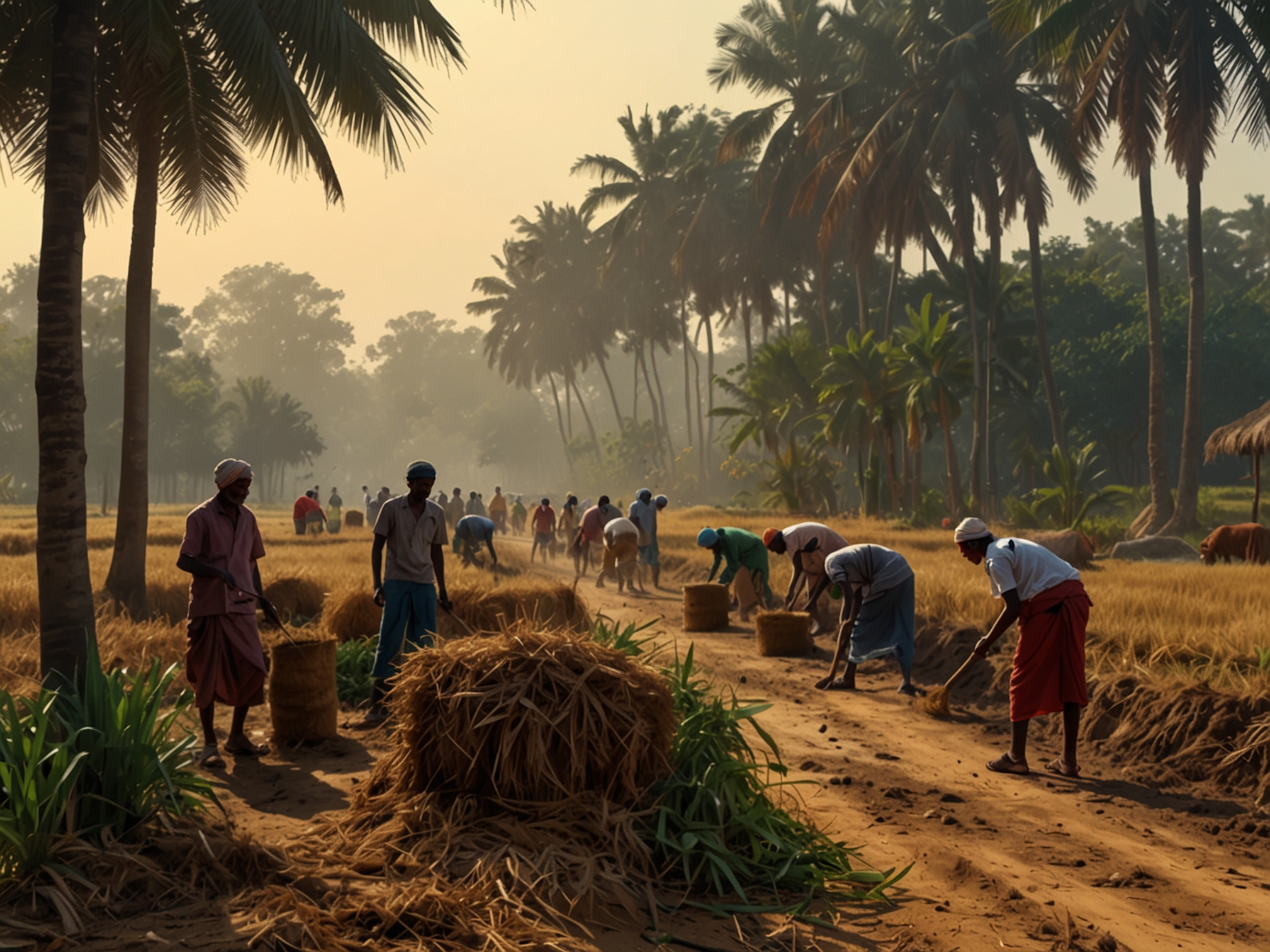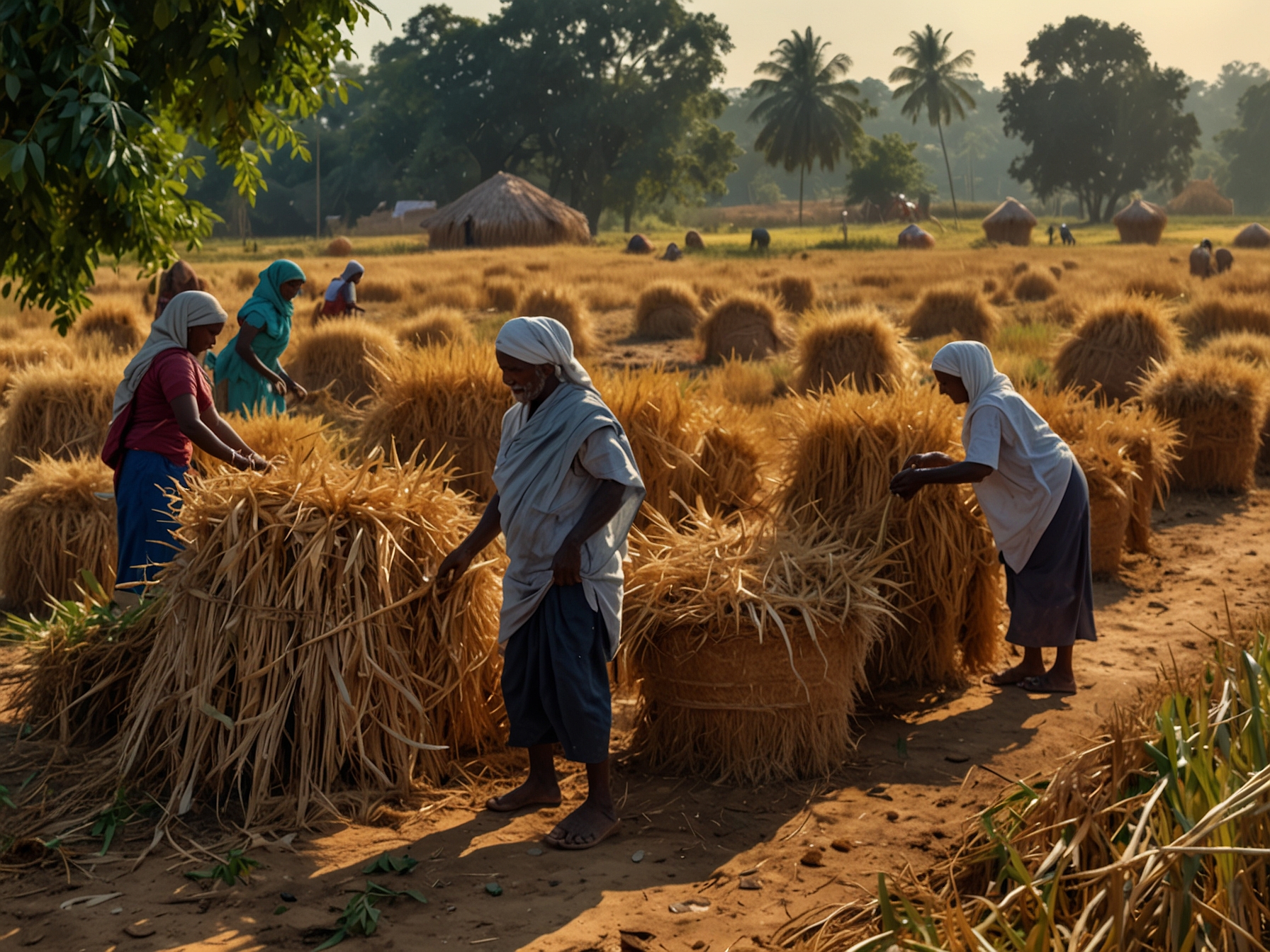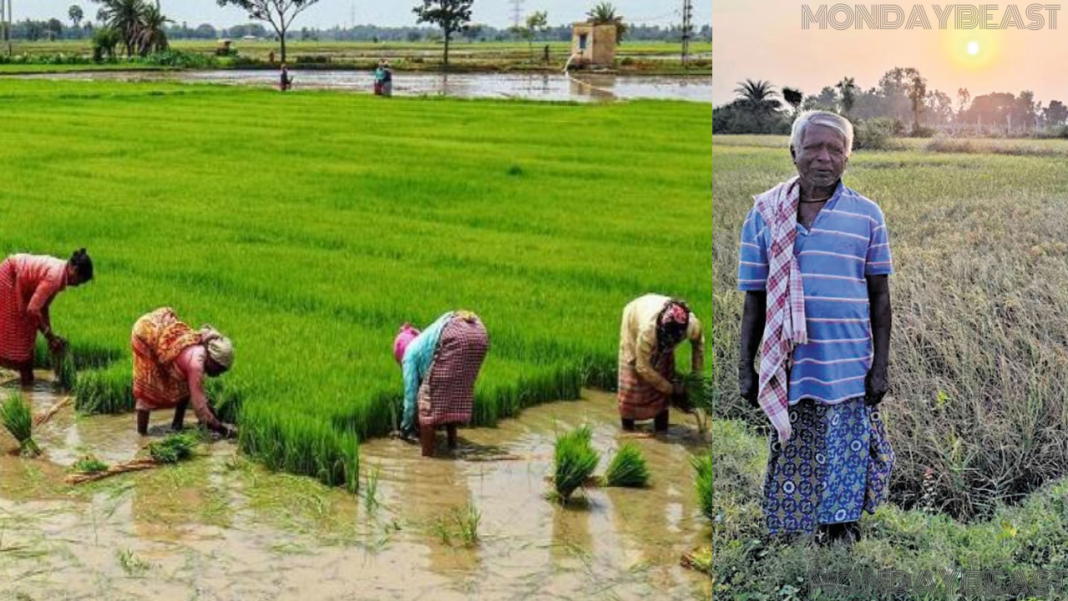The Ganjam district is set to begin its paddy procurement on December 23. Farmers are eager, but concerns linger. This season’s plan promises to ease past procurement troubles. How will this approach impact local farmers?
The Surprise Proposal: AR Rahman’s Sweet Memories with Saira Banu

The district administration aims to procure 4,48,176 quintals of paddy. It’s a significant target, especially with 1,46,504 farmers registered. Last year’s procurement was about the same. Why is there optimism despite previous setbacks?
District Collector Dibya Jyoti Parida spoke to local officials, MPs, and MLAs. They discussed strategies to avoid distress sales. Last year’s challenges prompted an urgent rethink. Farmers felt pressure to sell at lower prices. How will this year’s plan make a difference?

Procurement will happen through 481 mandis, 362 PACS, and women SHGs. A plan is in place to ensure smoother operations. This is crucial for farmers’ livelihoods.
However, there’s another layer. The rainfall has been disappointing this season. The district saw only 45.49 mm in the last 48 days. Farmers are struggling due to delayed harvests. The monsoon oversight raises questions about food security, doesn’t it?

The chief civil supplies officer addressed concerns. She excluded 16 women SHGs accused of mismanagement from the procurement process. This decision came after last year’s issues. Trust in the process is vital for farmers. Can the administration reclaim that trust?
A set minimum support price (MSP) awaits farmers. Each quintal of paddy is priced at Rs 3,100. It’s a lifeline for many, particularly in tough economic times. Yet, is the MSP enough to turn a profit?
A toll-free number will keep farmers informed. They can check tokens, places of sale, and other vital details. Accessibility to information is critical in today’s agricultural landscape. Will this tool help ease their anxiety?
Community engagement is key, says local farmers’ representative Simanchal Nahak. The ongoing water crisis poses a significant risk. Many farmers didn’t plant due to drought conditions. It highlights vulnerabilities in our agricultural practices. How can this be mitigated for future seasons?
Perhaps this procurement season represents a turning point. It brings with it the hope of better practices. By addressing historical hiccups, Ganjam’s plan could set an example for other regions. Farmers deserve to work without the fear of distress sales.




